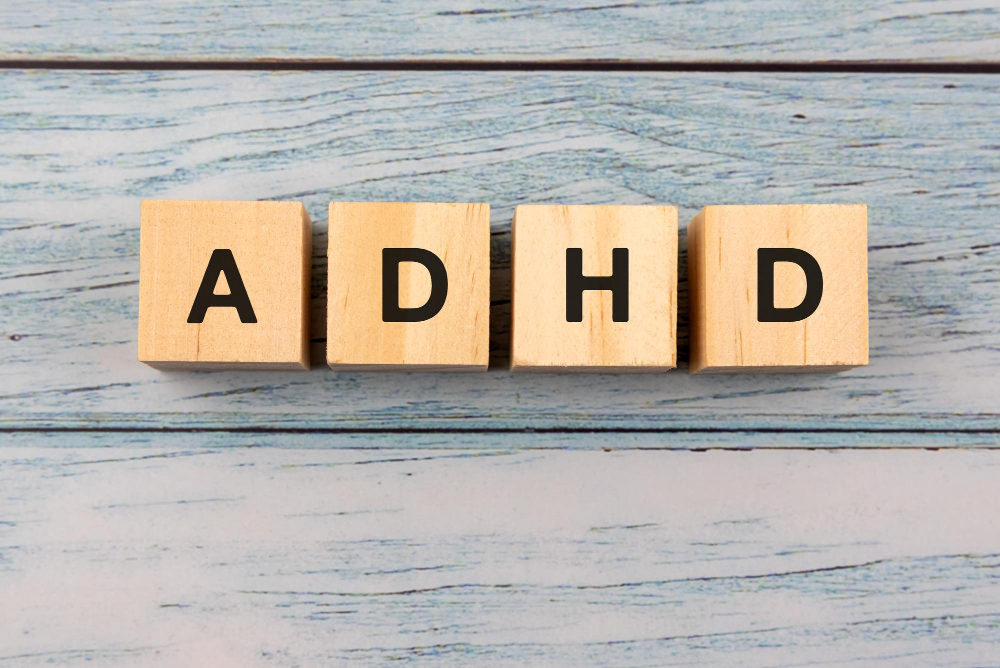What is ADHD?
ADHD stands for Attention Deficit Hyperactivity Disorder. It is a common condition that affects both children and adults. People with ADHD may have trouble paying attention, sitting still, or controlling impulses. According to the CDC, ADHD can impact school, work, and daily life. While medicine and counseling are common treatments, physiotherapy for ADHD is becoming more popular. This approach can help manage symptoms in a safe and supportive way.
How Can Physiotherapy Help with ADHD?
Physiotherapy for ADHD uses movement and exercise to support brain and body health. For example, many children with ADHD have trouble with balance or coordination. Physiotherapists can design activities that target these areas. As a result, children may feel more confident and focused. In addition, regular physical activity can help reduce restlessness and improve mood. Therefore, physiotherapy is a helpful part of a complete ADHD care plan.
Key Physiotherapy Techniques for ADHD
Physiotherapists use many techniques to help manage ADHD symptoms. Some of the most common include:
- Balance and Coordination Exercises: These help improve body control and reduce fidgeting.
- Strength Training: Simple exercises build muscle and support better posture.
- Motor Planning Activities: These tasks teach children to plan and carry out movements step by step.
- Relaxation Techniques: Breathing exercises and stretching can lower stress and help with focus.
- ADHD Physical Therapy Exercises: These are tailored to each person’s needs and may include jumping, hopping, or catching games.
Moreover, physiotherapists often work with other health professionals to create a complete care plan. This teamwork ensures the best results for each person.
Benefits of Physiotherapy for ADHD
There are many benefits to using physiotherapy for ADHD. Some of the main advantages include:
- Improved focus and attention during daily tasks
- Better balance, strength, and coordination
- Reduced restlessness and hyperactivity
- Increased confidence and self-esteem
- Support for managing ADHD symptoms without relying only on medication
In addition, regular sessions can help children and adults learn healthy habits. Over time, these changes can make a big difference in daily life.
What to Expect During Physiotherapy Sessions
During the first visit, the physiotherapist will assess your child’s needs. They may ask about daily routines, school, and any challenges. Next, they will create a plan with fun and safe activities. Each session usually lasts 30 to 60 minutes. For example, your child might play balance games, do stretching, or practice simple exercises. The physiotherapist will adjust the plan as your child improves. Most importantly, sessions are designed to be enjoyable and supportive.
Tips for Families and Caregivers
Families play a key role in supporting children with ADHD. Here are some helpful tips:
- Encourage regular physical activity at home
- Practice exercises learned during therapy sessions
- Set a daily routine to help with focus and organization
- Celebrate small successes to boost confidence
- Stay in touch with your physiotherapist for updates and advice
Additionally, working together as a team can make therapy more effective and enjoyable.
Prevention and Lifestyle Guidance
While ADHD cannot always be prevented, healthy habits can help manage symptoms. For instance, regular exercise supports brain health and improves mood. Eating balanced meals and getting enough sleep are also important. Moreover, limiting screen time and encouraging outdoor play can help children stay active. If you notice signs of ADHD, early support from a physiotherapist can make a difference. Remember, small changes in daily life can lead to big improvements over time.
Consult a qualified physiotherapist for personalized ADHD care and guidance.






